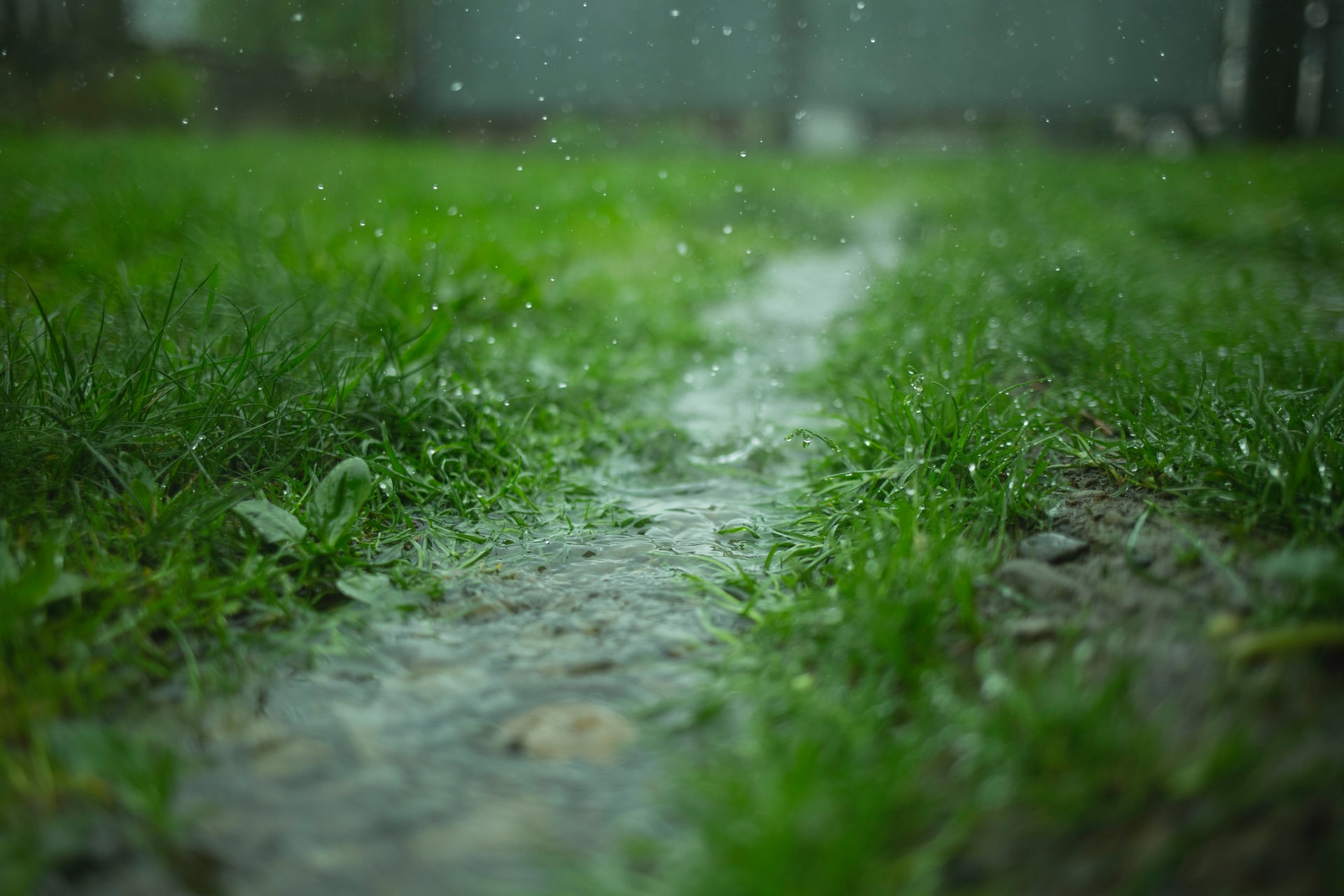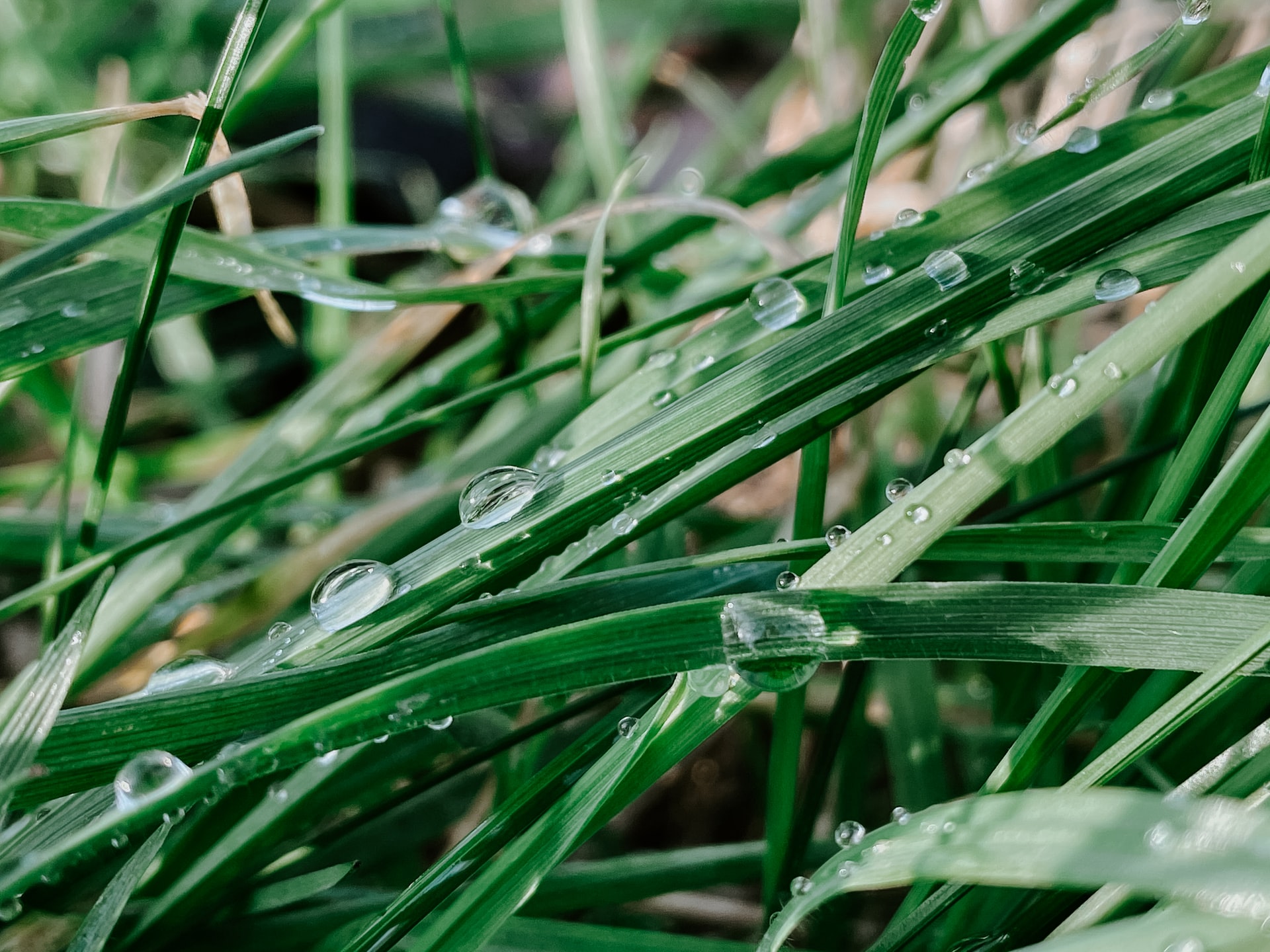Yard flooding is a huge issue for more than just aesthetic reasons. While a flooded yard is unsightly, difficult to traverse, and quick to kill the grass, it also puts your basement at risk of flooding. The water pooling in your yard will seep into the ground and then attempt to get past basement walls. So, how can you prevent yard flooding?
French Drains and Their Use
To prevent yard flooding, you’re going to want to take advantage of something called a French drain. These drains are elongated traps for water – like a gutter that’s installed in the ground. These drains are frequently used to prevent yard flooding as well as garage flooding. They can be installed at the bottom of a sloped driveway or yard.
French drains are typically covered in a grate, gravel, or garden rocks. Water will flow past these coverings and collect in the drain. The water is then redirected away from the house, keeping the soil around your home from becoming saturated with water. When surrounding soil is considerably wet, the water will travel to where basement walls or your foundation are and find its way in through small cracks, invisible to the naked eye. This can lead to basement flooding as well as expensive structural damage.
Installing a French Drain
Installing a French drain will involve some invasive digging. A trench will be dug through your yard, where water collection is desired. Once the drain is installed, however, it can be covered up again in a way that hides it from view. Whether you want to use garden gravel or stones to cover the drain is up to you and what you want your yard to look like when it’s finished.
Prevent Yard and Basement Flooding
When your French drain is installed, your yard will no longer flood when it rains. Instead of pooling at the low part of your yard, the water will collect in the drain and flow away from the house. A French drain may have an outlet in a nearby storm drain or ditch. If you live in a rural area, the redirection may just end a short distance away, at a lower level than the house. That way, the water will collect in the ground without causing any structural issues to your home.
With water being moved away from the home, the soil around your basement will remain much dryer. This significantly lowers the chance of your basement taking on moisture or completely flooding. If you’re experiencing basement moisture or flooding issues even after installing a French drain, you may need to consider exterior basement waterproofing or damp proofing.
French Drain Professionals
If you need a French drain installed in the GTA, POM Waterproofing is the help you need. Call us today and let us take a look at the area you’re looking to install in. We can set up an appointment and get your new drain installed as soon as possible to prevent damage to your yard or home.


